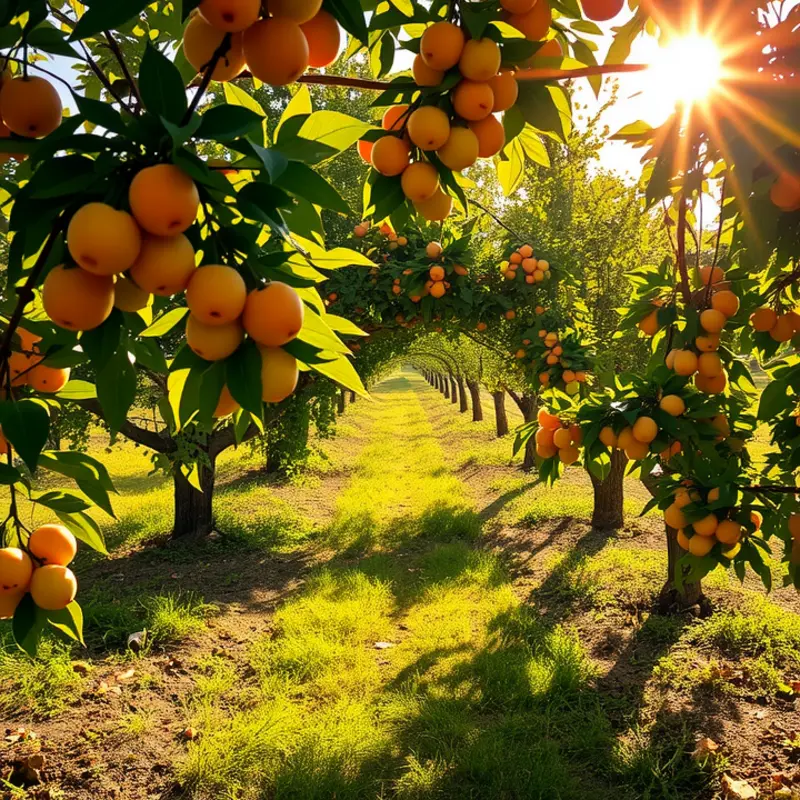Weddings are universal celebrations, each with their own unique flavors and dishes that represent cultural heritage. Traditional wedding dishes often carry significant meaning, blending flavors, ingredients, and culinary techniques that tell a story. Discover the delightful and diverse food traditions that make weddings a gastronomic adventure across the globe.
Savory Symbols: The Meaning Behind Wedding Cuisine

Wedding feasts are imbued with more than just flavor; each dish symbolizes aspirations and blessings for the couple’s future. The complexity of these dishes often narrates tales that reflect cultural values, whether through vibrant spices, unique preparation techniques, or ancestral recipes.
In India, weddings often feature biryani, an aromatic rice dish rich with saffron, nuts, and roasted meats. This opulent dish epitomizes prosperity and abundance, believing that the couple’s life should be as flavorful and full. The choice of biryani differs by region, with northern Mughlai biryani offering layers of history and flavors that promise collaboration and unity.
Similarly, Italy’s lasagna serves more than just its palate-pleasing layers. Each stratum of pasta, sauce, and cheese represents the different layers of life a married couple will share. Lasagna’s hearty and comforting nature implies wishes of a nurturing home and a warm, inviting family atmosphere. For Italians, the slow cooking of the ragu signifies patience and the care required in nurturing a long-lasting relationship.
Shifting our gaze to Japan, we find a more delicate yet equally symbolic offering: the auspicious red and white colors in their wedding dishes represent happiness and purity. For example, sea bream, or ‘tai’ in Japanese, is often served. It is derided from ‘medetai’, meaning joyous or auspicious, thus embodying the couple’s bright future. The preparation of traditional dishes often sees the use of seasonal ingredients that emphasize harmony with nature, reflecting a couple’s integration into the rhythm of life.
In Korea, a marriage feast may feature ‘tteokguk’, a soup with rice cakes. Each element is highly symbolic; rice cakes, being smooth and round, denote a prosperous journey through life. The clear broth implies clarity and purity in the couple’s relationship ahead. The practice of having this dish also aligns with mindful eating traditions, enabling guests to contemplate the unity and togetherness celebrated at the event, as explored here.
The French wedding dessert, croquembouche, captures both beauty and indulgence. This towering assembly of caramel-glazed profiteroles showcases the joining of individual pieces into one grand structure, symbolizing the strength and unity of marriage. The cascading caramel dip recalls the golden threads woven into life, portraying a beautiful tapestry of shared experiences and intertwining futures.
While each dish narrates its tale through taste and tradition, they all share a common thread: the desire to weave together the threads of life, love, and prosperity. These culinary symbols offer a sensory exploration through which newlyweds and their guests engage in stories that extend far beyond the table, creating memories as rich as the flavors indulged.
Tasting Traditions: The Most Renowned Wedding Dishes Around the Globe

Exploring the culinary traditions of weddings unveils a tapestry of taste and culture. Each dish served is a manifestation of the region’s identity and history, providing a sensory experience that leaves a lasting impression not only on the palate but also on the heart. Let us begin our journey with the aromatic allure of Persian weddings, where chelo, or saffron-infused rice, mesmerizes guests with its golden hue and fragrant aroma. This dish, often accompanied by tender kebabs and stews, is a symbol of prosperity and happiness. The rich red saffron spice threads through the fluffy basmati rice, transforming a simple grain into a lavish centerpiece.
Traveling to Nigeria, the elaborate jollof rice steals the spotlight. This vibrant dish, cooked with tomatoes, peppers, and a symphony of spices, strikes a balance between heat and sweetness. At Nigerian weddings, jollof rice is often served alongside fried plantains and grilled meats, presenting a bold yet comforting combination. Its preparation is considered an art form, often sparking friendly rivalries over whose recipe reigns supreme.
In Italy, no wedding is complete without a serving of risotto alla Milanese, a dish as opulent as its saffron counterpart. The creamy texture of risotto melds harmoniously with the luxurious flavor of saffron, creating a dish that whispers of elegance. In the southern regions, torta nuziale, the wedding cake, takes on various forms, each unique to the locale. Some are rich with tiers of sponge layered with custard and fruits; others, a single round cake, embrace almond paste or marzipan.
Switching continents, the southern United States presents an iconic wedding staple—the multi-layered wedding cake. Decorated with intricate designs, these cakes often incorporate local ingredients like pecans or peaches, adding a Southern twist. Tradition holds that a slice may be saved and eaten on the couple’s first anniversary, believed to bring marital bliss.
While wedding cakes are a staple in Western weddings, in Eastern European countries like Poland, pierogi hold a cherished spot. These dumplings, stuffed with a variety of fillings from cheese to seasonal fruits, are a comforting delight that connects generations. It’s customary for family members to gather and make pierogi together, each dumpling a small contribution to the communal spirit of the occasion.
In India, the land of spices and vibrant flavors, weddings are celebrated with a kaleidoscope of dishes. One cannot overlook biryani, a layered rice dish bursting with spices, meat, and sometimes adorned with a boiled egg. The preparation of biryani is a labor of love, often executed with generations-old recipes.
Each dish featured in these celebrations tells its story, rooted in the cultural soil from which it grew. These meals not only satisfy gastronomic desires but also carry with them the values and narratives of their origin. For those interested in further exploring regional culinary influences, this article dives deeper into how historical trade shaped food traditions. As we savor these wedding dishes, we partake in the universal language of love, binding communities across the globe with every mouthful.
Final words
Food and tradition are inseparable, representing the unique customs of cultures around the world. Traditional wedding dishes not only tantalize the taste buds but also honor the spirits and stories of the families involved. By embracing the flavors and tales behind these culinary delights, we connect more deeply with different heritages and create a richer understanding of global cultures. Celebrate love and unity by exploring these dishes, as they serve as a testament to the power of food to bring people together.








